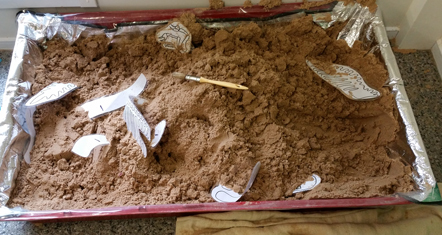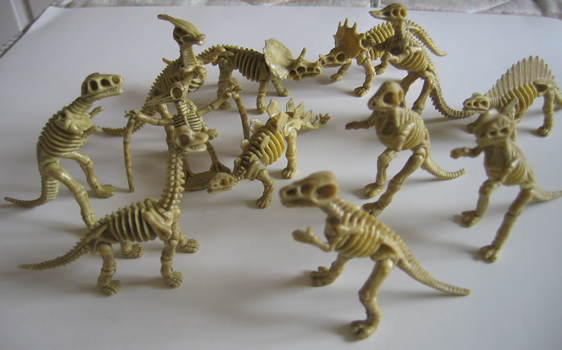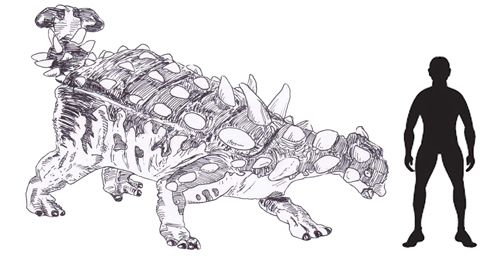Helpful Identification Key for Prehistoric Animal Skeleton Set
Identifying Prehistoric Animal Skeletons
At Everything Dinosaur, we take pride in going that extra mile to support learning. Take for example, our set of twelve prehistoric animal skeletons. These are models of the skeletons of prehistoric animals. These little critters are ideal for use in the school sand pit to help young explorers experience the excitement of digging out their very own dinosaur fossils. The sand play area makes an ideal resource for a topic on dinosaurs and life in the past. Simply bury the prehistoric animal skeletons in the sand and invite the class to become palaeontologists and to have a go at “digging up dinosaurs”.
Prehistoric Animal Skeletons
Using plastic spades and old paint brushes the children can explore the sand area and excavate the plastic models. This is an ideal activity suitable for FS1 (Nursery) through to Year 1 (Lower Key Stage 1).
Digging for Dinosaurs and Fossils Just Like a Palaeontologist
Picture credit: Everything Dinosaur
To view the set of twelve dinosaur and prehistoric animal skeletons, find them in this section of the Everything Dinosaur website: Replica Fossils, Dinosaur Themed Crafts and Toys.
Identifying the Models
But what happens if one of the children asks which dinosaur is this? Not to worry Everything Dinosaur has this covered too. We have produced a handy key to help identify the different prehistoric animals in the set, all twelve models can be identified and you don’t need to ask for the services of a senior academic at a Natural History Museum.
Everything Dinosaur has Produced a Helpful Identification Key
Picture credit: Everything Dinosaur
The key can help to identify the twelve different models in the set, we have even provided a useful pronunciation guide. To request a chart simply email Everything Dinosaur: Email Everything Dinosaur.
Extension Ideas
Having dug out the models, the children can use the key to help sort them out, can they divide them into plant-eaters and meat-eaters? For Year 1 children, they can be set the challenge of finding out about each particular prehistoric animal by undertaking some independent research using the internet or library books. Which models represent dinosaurs?
For further information and assistance, visit Everything Dinosaur’s website: Everything Dinosaur.




